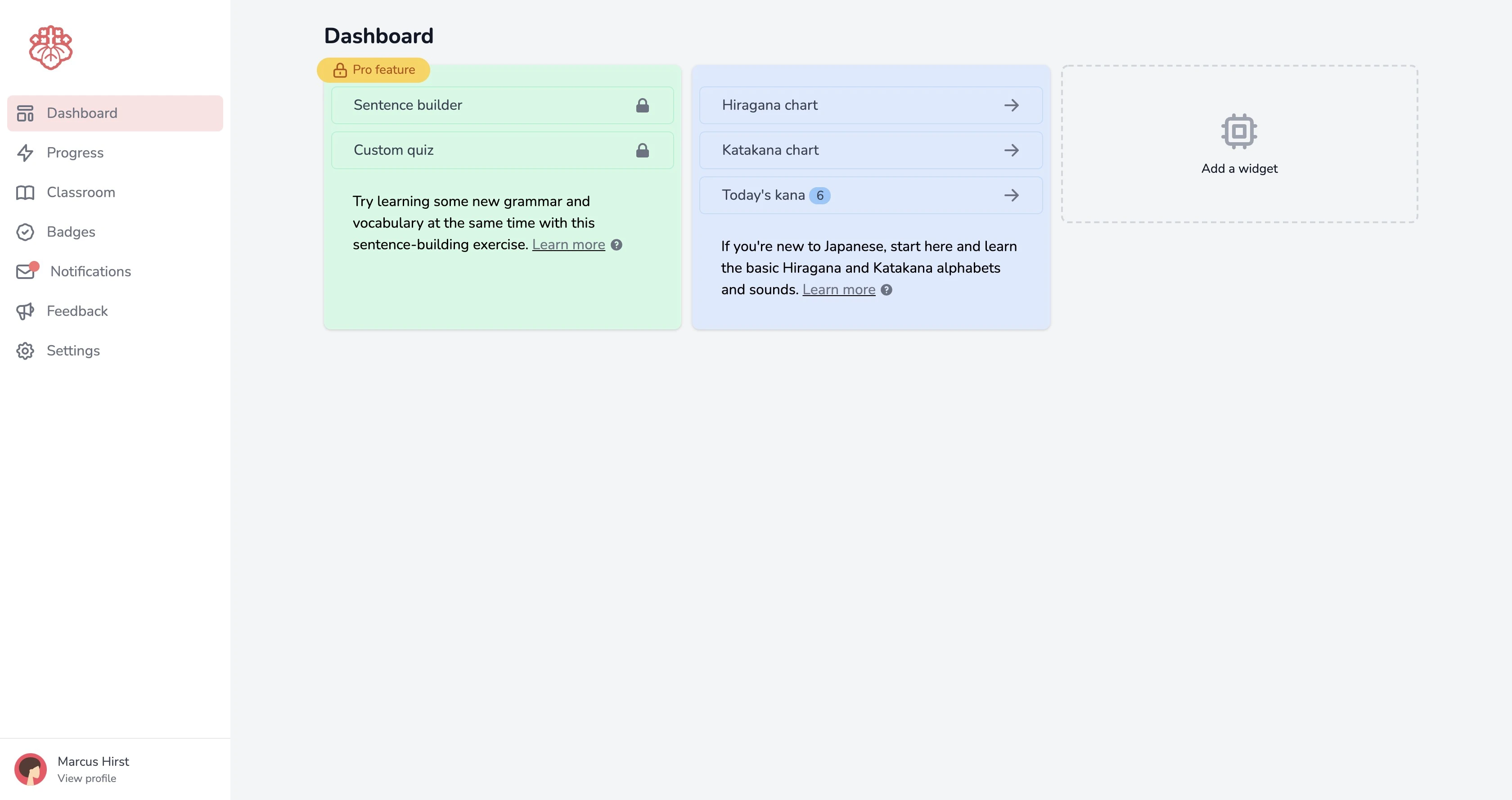
Steps To Master Japanese 2
3 minute read · Mon 27 SeptemberSteps To Master Japanese 2
Start working on daily expressions
After you master Hiragana and Katakana, start working on the daily expressions in Japanese like "Good Morning", "Good Afternoon", and "Good Night" etc... The reason is that once you remember those expressions you can start greeting people in Japanese.
This is a great way to start talking to people. Especially if you speak to someone who speaks Japanese, it tells them instantly that you know some Japanese or you’re interested in Japanese. Don’t worry even if you don’t know how to carry on after saying "Good Afternoon" in Japanese. The idea here is for you to start using Japanese and get out of your comfort zone a bit more.
You might feel uncomfortable at the beginning, but once you get used to it, that’s when your comfort zone gets expanded. The first step is always the hardest, but take it easy. When you learn those daily expressions, make sure you write them down in Hiragana repeatedly.
It helps you remember the phrases better, but more importantly you’ll understand the Japanese pronunciation better. Hiragana is the pronunciation symbols in Japanese just like Pinyin in Mandarin Chinese. Understanding hiragana directly helps you improve your pronunciation. This is another reason why you should get away from Romaji ASAP if you want to make your Japanese sound more natural and real.
And when you write them down like おはようございます, pay attention to how the extra う elongates the よ sound.
Start with the following 13 phrases, and when you write き or さ, make sure the longest line is separated so that you have 2 parts. You should have something like + on top of something like - if that makes sense. It’s because the connected き and さ are only for printing not for handwriting.
1) おはようございます - Good Morning
2) こんにちは - Hello
3) こんばんは - Good afternoon
4) ありがとうございます - Thank you very much
5) さようなら - Goodbye
6) おげんきですか - How are you?
7) おねがいします - Please
8) いただきます - Let's eat
9) ごちそうさまでした - Thank you for the meal
10) すみません - Excuse me
11) ごめんなさい - Sorry
12) はい - Yes
13) いいえ - No
Was this article helpful?
Want to learn even more? Start your free Pro trial today.
You learn or relearn even faster and become more confident with a small time investment each day.
Start your free trial


